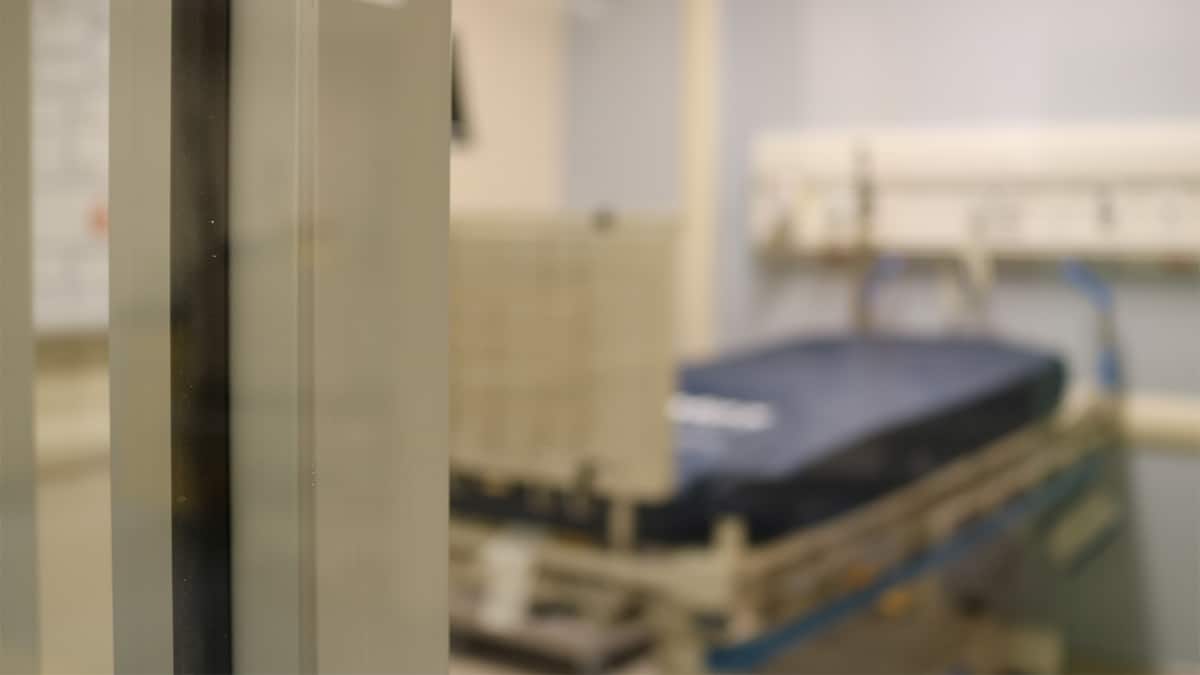Already prone to backlogs and longer wait times for services, the region’s hospitals have seen those numbers worsen during the pandemic, as many activities such as elective surgeries were put on hold.
Now, hospitals are getting new funding from the province to deal with the transition to post-COVID operations, including catching up on postponed surgeries. Some $324 million was pledged to Ontario’s hospitals to help end what is known as hallway healthcare.
At the height of the third wave of the pandemic last spring, the provincial chief medical officer of health reissued a directive to all hospitals temporarily pausing non-emergency clinical activity in order to preserve capacity to respond to COVID-19. As hospitals attempt to shift their focus towards non-COVID-related patient care, new funding is coming into hospitals such as Grand River and St. Mary’s in the region to assist them in reducing patient wait times and help healthcare workers advance their skills.
“This funding will help support our move to performing some elective procedures on the weekend as well as the opening of an additional operating room suite, both of which will help us meet the demand of surgical and procedural backlog caused by the pandemic. This funding will also support our medical imaging services, which Grand River Hospital has been fortunate enough to maintain at full capacity throughout the third wave of the pandemic as part of our commitment to our community,” said Katherine Robinson-Cain, vice-president of clinical services and chief nursing executive at Grand River Hospital.
“We’re working with our regional partners and surgeons to make sure this ramp up of services is done efficiently to complete the backlog of surgical cases to serve our community. We know the pandemic has been especially difficult for those who have had delayed procedures and surgeries. As we begin to ramp up these services, the safety of our patients and team continues to be our number-one priority and we will continue to ask all patients and care partners to be screened, wear a mask, and practice physical distancing while inside the hospital.”
The pandemic placed significant pressures on hospital and health care resources. Still, nearly 76 per cent of patients who were waitlisted for required surgery between Mar. 1, 2020 and Mar. 1, 2021 received the care they needed. Over the past year and half, urgent surgical patients were made priority and 99.3 per cent of the most urgent patient surgeries were completed. The hospitals are currently gearing up for what other provinces have already experienced, an increase in surgeries, procedures and diagnostic imaging.
“This funding support is to enable us to do everything that we can to address the waitlist, the growing waitlist and backlog for surgery that exists at St Mary’s. We currently have a total of 7,575 patients that are on our waitlist, so those aren’t all necessarily deferred but those are all people waiting for surgery. We’re still working through the pandemic, but really staffing continues to be one of our biggest challenges,” said Lee Fairclough, president of St. Mary’s Hospital in Kitchener.
“Throughout the pandemic , the majority of those waiting are for what I like to call scheduled procedures, because these are procedures that people are in need of like a cataract procedure, but they’re not in the same urgency category as, let’s say, some of our cardiac procedures. Throughout the pandemic, we have always done what we can to maintain urgent and emergent – we have definitely a longer waiting list for people who would have been having a scheduled procedure,” she added.
“Our hope is that through the fall that we’ll be back up at least around 80 per cent and through the course of the year get back to some of the regular levels of surgical volumes. In terms of the timing to address the backlog, it is going to take us probably over the course of the next year to be able to fully address some of the backlog because there are always more patients,” said Fairclough, noting that staff shortages will play a big role in efforts to get back to normal.
She said she has noticed the fatigue and exhaustion of healthcare workers and the impact that’s had on them over the pandemic.
“There were some other funding amounts – one was a surgical innovation fund – and, to me, there’s a nice opportunity within that fund for us to accelerate some of the education that’s needed for some of the specialized skills.”









